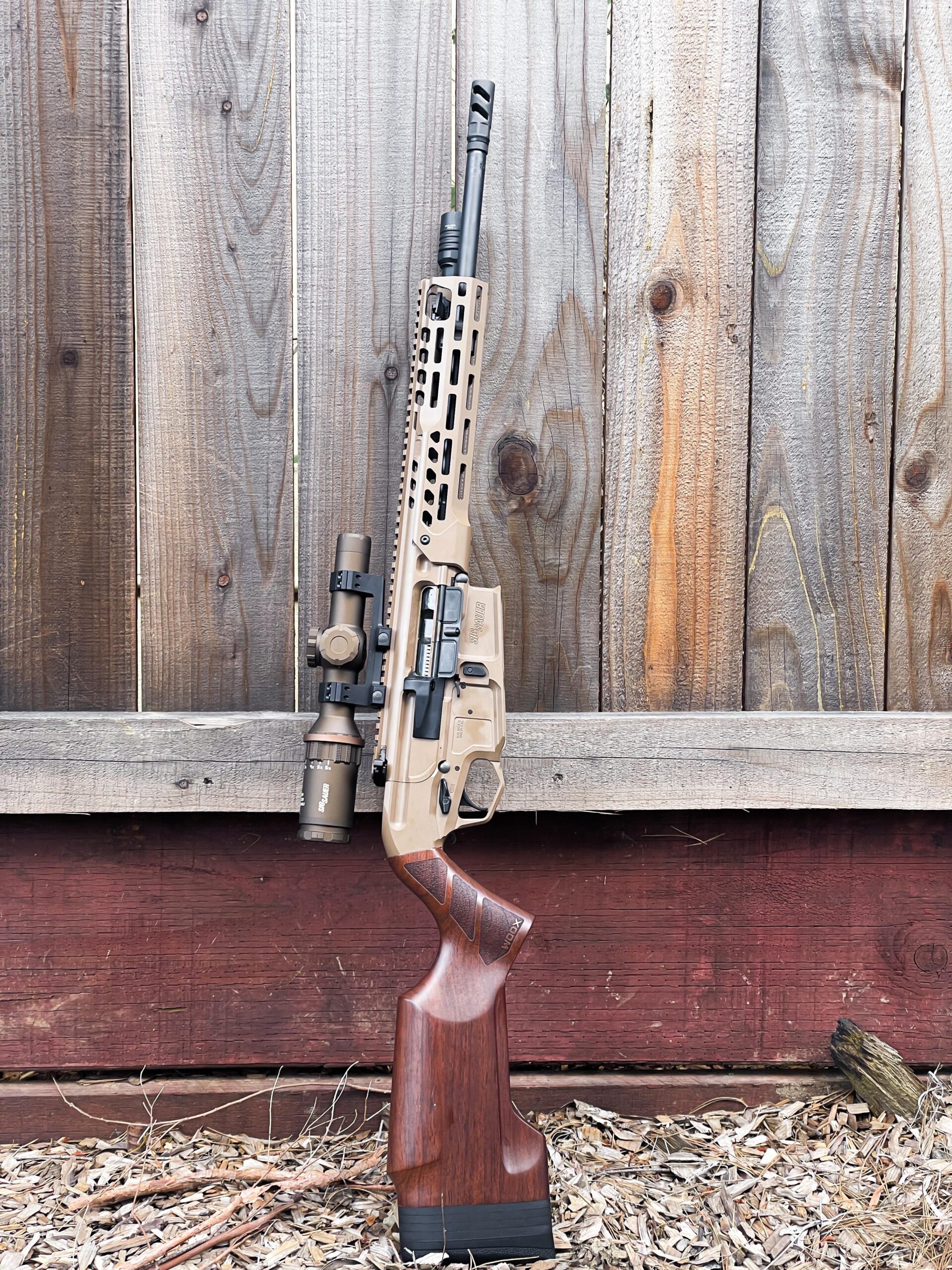Table of Contents
What are Non-invasive Prenatal Testing (NIPT) and NIPP?
Many expecting parents decide early on in their pregnancies that they would like to learn whether their child has a genetic disease like Down’s Syndrome. To determine whether the unborn child has particular chromosomal abnormalities, non-invasive prenatal testing, also known as NIP or a NIPT test, is one sort of screening done during pregnancy. The test analyses the baby’s DNA in the mother’s circulation by drawing blood from the mother’s arm. Mother and child can both take the exam without risk.
What is the NIPT Seeking?
Trisomy is a term used to indicate a chromosomal anomaly when three chromosomes are present instead of the usual two. The NIPT test will also reveal the sex of the infant.
Why do you want to Take the NIPT Test?
These tests, however, are considerably less sensitive than noninvasive prenatal testing. The pregnancy dating scan and the ultrasound can be done simultaneously. To calculate the baby’s “nuchal translucency,” often known as NT, fluid is measured at the back of the neck. Increased NT is linked to several prenatal abnormalities, including genetic disorders, heart problems, and poor postnatal outcomes like stillbirth and miscarriage.
The results of these two tests, along with the mother’s age, allow medical practitioners to calculate the likelihood that the baby will have one of the three syndromes Down’s, Edward’s, or Patau’s. Here at different DNA testing companies in the US, we employ the NIPT, which is more accurate because it is 91.7 percent liable for Edwards’ Syndrome and nearly 100% sensitive for Down’s and Patau’s syndromes. If you’re interested in learning your baby’s sex, the NIPT test has a 99.6% sensitivity rate.
Risk of Trisomy and Age
Most chromosomal abnormalities occur spontaneously and are not often inherited, meaning they do not run in families. Down’s Syndrome and the other disorders above are more likely to develop with age, particularly beyond 35.
Who is Eligible for a NIPT Test?
From week 10 of pregnancy, all women can do the NIPT test. In addition to being ineligible for use in multiple pregnancies larger than twins, the NIPT test is also inappropriate for those diagnosed with cancer or chromosomal disorders, including Trisomy 13, 18, or 21. Similar restrictions apply to those who had immunotherapy, a solid organ transplant, a stem cell transplant, or a blood transfusion during the previous three, six, or twelve months.
What will the NIPT test findings reveal?
You can anticipate one of four outcomes from a NIP test:
- Low likelihood implies that the possibility of your kid having Down’s, Edward’s, or Patau’s syndromes is relatively low.
- Increased chance denotes a greater likelihood that your unborn child may have Down’s, Edward’s, or Patau’s syndromes.
- A failed test did not yield a result, possibly because there was insufficient fetal DNA in the sample[1].
- An inconclusive finding indicates that it is unclear.
Non-invasive Prenatal Paternity Testing: The Science
You might opt to find the father’s identity as soon as your pregnancy is verified because the test can be done as early as the seventh week.
- The Way Non-Invasive Testing Works
The test examines the mother’s DNA profile compared to free-floating fetal DNA from her plasma. Once the fetus’s profile has been developed, it may be compared to the prospective father’s to ascertain paternity. DNA from the mother is obtained with a straight blood draw, and DNA from the potential father is obtained through a cheek swab.
The study suggests a 99 percent or higher chance of paternity if the individual who underwent testing is believed to be the biological father. Current technology does not allow the lab to extract each fetus’s profile individually.
Lab Choice for NIPP Tests
Remember that not all laboratories that do paternity tests before delivery are equal to Nipp Testing San Diego, which also has another important diagnostic service, so make sure to shop about and compare options before choosing one!
What To Check In A Lab:
- A Guarantee of Accuracy: Verify the lab will stand by its findings.
- Complete Accreditations and a Stellar Reputation in the Field: Prenatal paternity test results are too crucial to entrust to chance, so ensure the lab is up to date on all of its accreditations with significant independent lab supervision organizations like the AABB.
- Tests Regularly Revised: The most up-to-date and cutting-edge technologies to provide you with the most accurate findings are guaranteed by DNA technology advancements and upgrades to current tests.
- Before, During, and After Your Test, Compassionate and Qualified Support: Although taking a parental test is not difficult, it might be distressing. It makes a significant difference to have the assistance of a highly skilled and compassionate customer service personnel who can answer all of your queries intelligently and make you feel at ease.
- Beware of Prices of Nip Testing that Seem too Good to be True: One of the most crucial tasks you will ever take is this one, and you get what you paid for.
Risk of Trisomy and Age
Most chromosomal abnormalities occur spontaneously and are not often inherited, meaning they do not run in families. Down’s Syndrome and the other disorders above are more likely to develop with age, particularly beyond 35.
Who is Eligible for a NIPT Test?
From week 10 of pregnancy, all women can do the NIPT test. In addition to being ineligible for use in multiple pregnancies larger than twins, the NIPT test is also inappropriate for those diagnosed with cancer or chromosomal disorders, including Trisomy 13, 18, or 21. Similar restrictions apply to those who had immunotherapy, a solid organ transplant, a stem cell transplant, or a blood transfusion during the previous three, six, or twelve months.
What will the NIPT test findings reveal?
You can anticipate one of four outcomes from a NIP test:
- Low likelihood implies that the possibility of your kid having Down’s, Edward’s, or Patau’s syndromes is relatively low.
- Increased chance denotes a greater likelihood that your unborn child may have Down’s, Edward’s, or Patau’s syndromes.
- A failed test did not yield a result, possibly because there was insufficient fetal DNA in the sample[1].
- An inconclusive finding indicates that it is unclear.











